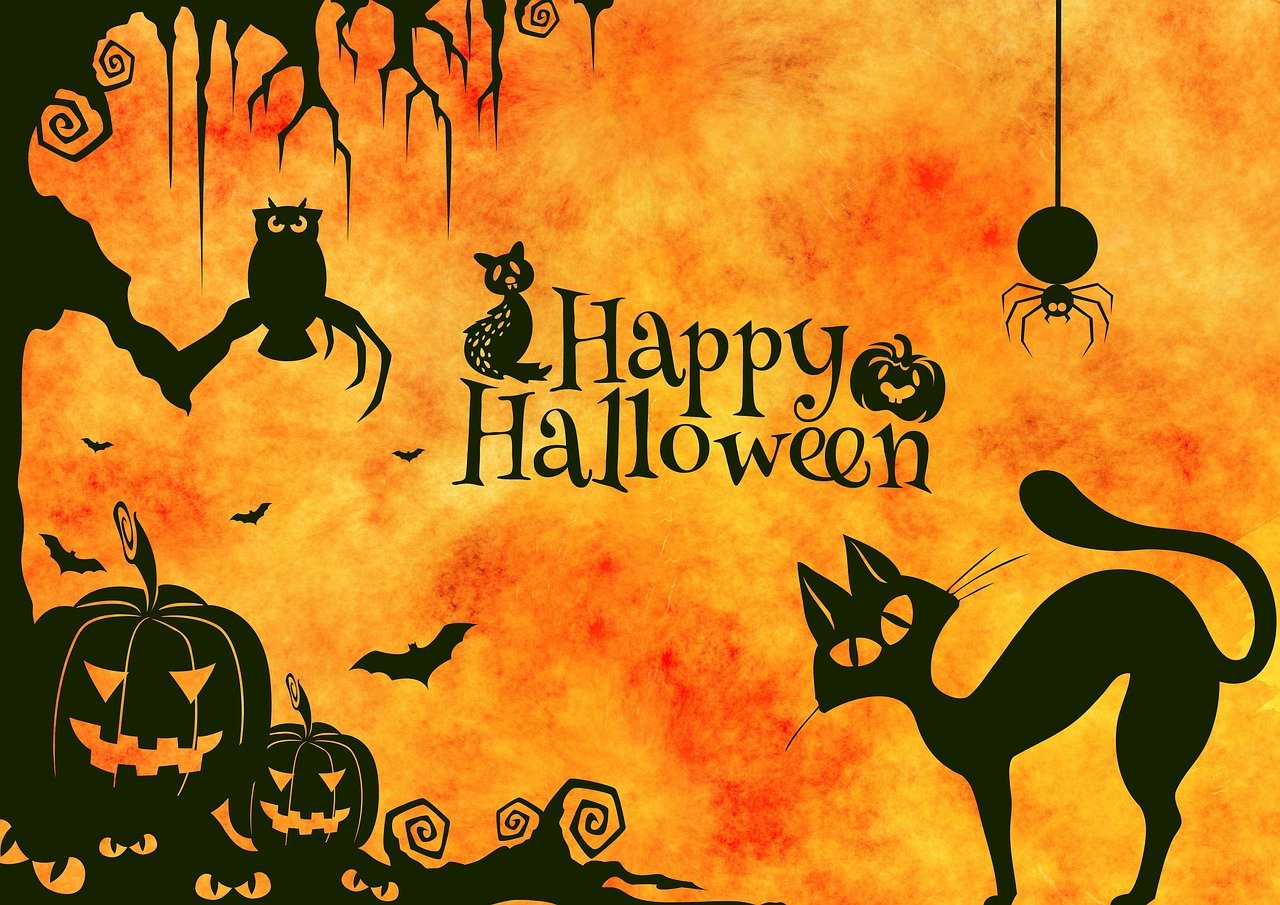Halloween is upon us. Halloween’s origins date back to the ancient Celtic festival of Samhain (pronounced sow-in). The Celts, who lived 2,000 years ago, mostly in the area that is now Ireland, the United Kingdom and northern France, celebrated their new year on November 1 which marked the end of summer and the harvest and the beginning of the dark, cold winter, a time of year that was often associated with human death. The Celts believed that on the night before the new year, the boundary between the worlds of the living and the dead became blurred and that ghosts of the dead returned to earth. The presence of the otherworldly spirits made it easier for the Druids, or Celtic priests, to make predictions about the future. They built huge sacred bonfires, wore costumes and attempted to tell each other’s fortunes.
In A.D. 1000, the Christian church made November 1st All Souls’ Day, a day to honor the dead. It was also called All-hallows or All-hallowmas (from Middle English meaning All Saints’ Day) and the night before All Saints’ Day began to be called All-Hallows Eve and, then eventually, Halloween.
In the second half of the 19th century, America was flooded with many new immigrants. These new immigrants, especially the millions of Irish fleeing the Irish Potato Famine, helped to popularize the celebration of Halloween in America. Borrowing from European traditions, Americans began to dress up in costumes and go house to house asking for food or money, a practice that eventually became today’s “trick-or-treat” tradition. Families could prevent tricks being played on them by providing the neighborhood children with small treats.
To read more about the history of Halloween, check out these links:
https://www.history.com/topics/halloween/history-of-halloween
https://www.worldhistory.org/article/1456/history-of-halloween/
Whatever its history is, Halloween is great fun! Enjoy the day dressing up, eating candy, and trick-or-treating with your family and friends.


